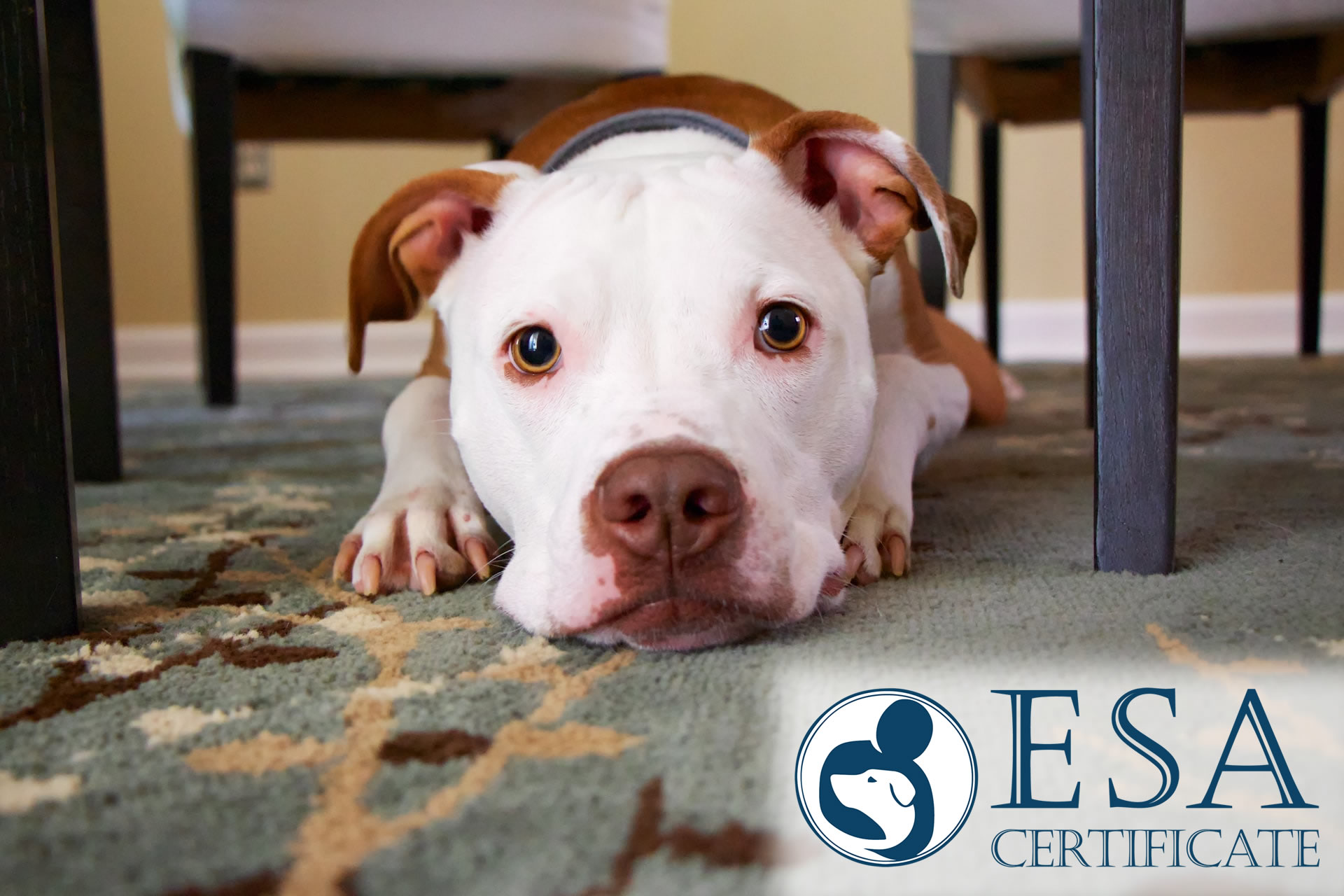Table of Contents:
-
What medicines can I use to treat the allergies of my dog?
-
What is Fexofenadine?
-
Is it safe to use fexofenadine?
-
How much Fexofenadine can be given to my dog?
-
Precautions and Side Effects
-
How often should Fexofenadine be given to my dog?
-
Bottom Line
Allergies can be observed among most people, whether it can be in a specific season or all over the year. But are you familiar that dogs are also vulnerable to allergies? If you are a person having allergies or if you had allergies in the past, you might be able to have an idea about the usefulness of allergy medication and the same applies to dogs as well.

What medicines can I use to treat the allergies of my dog?
Allergies can be triggered in various ways when it comes to dogs. The most commonly noticed symptom is skin irritation. Therefore, if your dog has allergies, you can notice your dog itching all over its body, or it biting/chewing/licking its feet more often. To soothe the symptoms of these allergies, you can give your dog a baking soda/oatmeal bath with lukewarm water. Mineral oils also work great, where you can pour a little bit of mineral oil on the itching area and wipe it with a cotton ball.
Hot spots are yet another form of common allergy that can be observed all over the allergy season. These could appear as raw, red, and inflamed patches on your dog’s body. These patches can ooze fluid/bleed and it is highly impossible for a person to treat them at home. In case you observe your dog having a hot spot, it is better to get them to a vet immediately and make use of medicine. The medicine might be prescribed to be used orally or in the form of a steroid cream that needs to be applied in the infected area.

There is also an availability of a wide range of legally & freely available antihistamines that can be safely used to treat the allergies of your dog. One of the most commonly prescribed over-the-counter medicines includes ‘Benadryl’ (diphenhydramine). Benadryl is an excellent medicine to treat minute allergies, motion sickness, infections caused by insect bites, etc. Anyhow, it is better to avoid liquid Benadryl as it is known to have small amounts of alcohol.
‘Chlor Trimetron’ (Chlorpheniramine) is another antihistamine that is generally prescribed for dogs in most cases when they are suffering from allergies. If you are intended on using this, make sure that you check the label as there is a possibility for this medicine to contain acetaminophen as an ingredient. Zyrtec (cetirizine) is also quite efficient in dealing with allergies in dogs, especially while treating allergies.
However, our topic for today will be primarily be focused on Fexofenadine (Allegra) for dogs.
What is Fexofenadine?
Allegra (Fexofenadine) is an effective H1 receptor antagonist, which prevents your dog’s body from producing histamines. Histamines aid in the process of sending out the allergens from the body while causing symptoms such as sneezes, itchy skin, etc.
In dogs, these histamines cause itchy skin, stuffy nose, sneezes, etc. Fexofenadine is also very helpful for treating canine allergic rhinitis in dogs. Anyhow, this medicine is highly unpredictable and not considered effective while treating skin allergies, therefore, it might not be the best choice for treating pruritus in dogs.
Is it safe to use Fexofenadine?
Fexofenadine is used in dogs to treat allergies more often. Even though it can be commonly used to treat allergies in dogs, you cannot make use of them directly without consulting a vet. Even if you did give your dog to treat the allergies, you don’t have to worry about that… it is absolutely fine! You just have to make sure that you are in contact with your vet while using fexofenadine for your dog.
How much Fexofenadine can be given to my dog?
There is no denying the fact that Fexofenadine is safe. However, numerous research studies have proven that Fexofenadine is considered to be toxic for dogs when used in higher dosages. The dosage that is usually recommended for a dog is 2mg per KG (weight of the dog).

For example, if your dog weighs 50 pounds or 22.7 kgs, it is better suggested to use 45.4 mg of fexofenadine. This might actually appear to be a lot when compared to the dosages prescribed for humans. But, it is essential to know that antihistamines don’t work as effectively as they work in humans.
Making use of such higher dosages is not harmful to your dog, but you shouldn’t give them more than the recommended dosage every eight hours. However, if your vet suggests something other than this, then you should follow the vet’s instructions.
Precautions and Side Effects
Fexofenadine can cause sedation in dogs if it has been used in higher doses. If your dog is currently pregnant or has had babies recently, you should consult your vet before giving fexofenadine to your dog. You should also let your vet know that if are making use of any other medicine along with fexofenadine. This is because fexofenadine is known to have negative side effects when mixed along with other types of medicines such as antacids (which contain Magnesium or Aluminum), Ketoconazole, and Erythromycin.

Another aspect that should be taken into consideration is that Allegra-D is different from the regular Allegra (fexofenadine). Allegra-D consists of pseudoephedrine, which acts as a decongestant and is harmful to be consumed by dogs. You should check twice that you haven’t bought Allegra-D instead of Allegra as the side effects can be severe when consumed by your dog.
How often should Fexofenadine be given to my dog?
Usually, the recommended dosage of fexofenadine for dogs is for every 12 hours and not more than 30mg per kg of the dog’s weight.
As discussed earlier in this article, it is generally hard for a dog to get overdosed on antihistamines. Some studies show that there was no evidence of toxicity, even when the dogs were given 300 times more than the recommended dosage.
Nonetheless, it doesn’t mean that you can be careless while giving antihistamines like fexofenadine to your dog. Even though too much dosage doesn’t mean toxic, it is still considered to cause a significant amount of harm to your dog.
While purchasing over-the-counter medicine for your dog, you should always read the label. Most antihistamines contain ingredients such as alcohol, ibuprofen, acetaminophen, etc., which are considered to be highly dangerous for your dog. It is also better to avoid antihistamines that end with the letter ‘D’ (for example, Allegra-D or Claritin-D). The letter ‘D’ is used to declare that they contain a decongestant, which stimulates the personality of your dog and sometimes can even be fatal.
It is better to consult your vet before giving any sort of antihistamines to your dog so that you can give the right dosage as well as the correct medicine to your dog.

Bottom Line
Fexofenadine can be given to a dog without any hesitation if given in the right dosage and having the approval of your vet. This rule is applicable to all types of antihistamines, which are considered safe for dogs. However, you must also make sure to read the label of the medicine just to ensure that you won’t be giving them any unhealthy ingredients accidentally.

